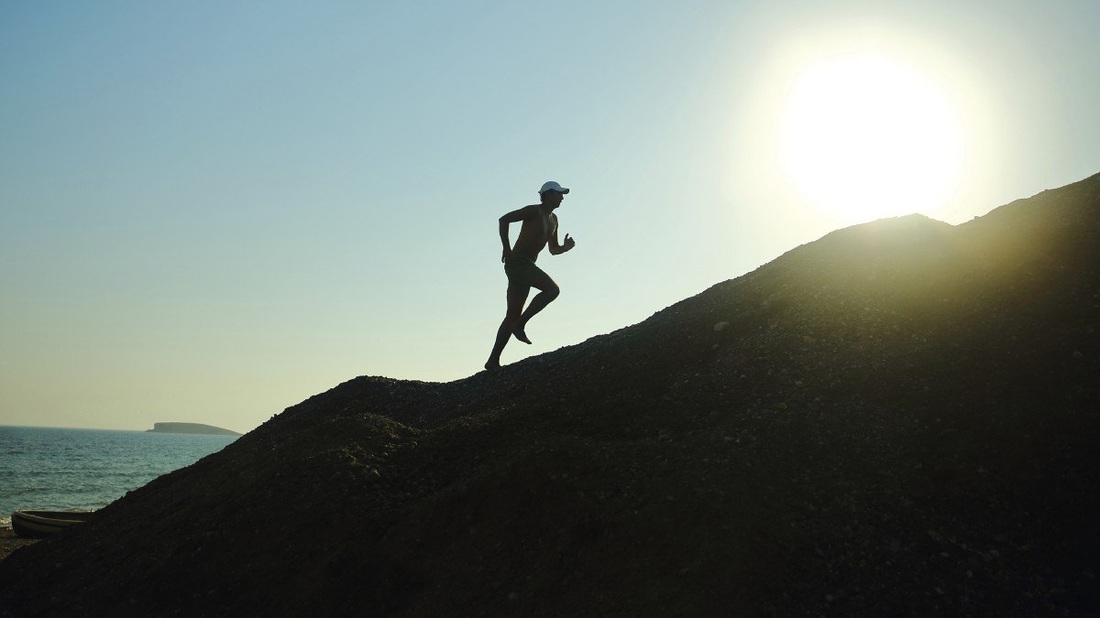Typically, endurance athletes lack imagination. This isn’t to say we need to be creative with every single workout. But, by injecting some dynamic effort and breakdowns to weekend workouts, we can set ourselves up to get more out of the time we do spend training and nicely complement the generic long workouts we do on some weekends. The structure of these workouts is effectively the same whether the focus is on the 70.3 or 140.6 distance, however, racing longer does require training longer. There has to be a balance between handling the distance of the race and being able to do so faster without falling apart.
Race Simulation Ride
Warm up for 20-30min, relaxed L1/L2, working your way to stretches of road with minimal interruptions, such as stop signs, stop lights, etc.
Go through the following 2-3 times:
- 60min at race effort, finding a realistic mix of HR, watts and perceived effort
- 10-15min relaxed L1 pedaling; eat some food, replenish some fluids, quick bio break
Cool down as you ride back home
BONUS: Slip your racing flats on and complete an easy, relaxed 10-20min jog, just to practice the transition from bike to run
Over-Under Mile Repeats
Warm up for 15min, relaxed L1/L2
Run anywhere from 4-8 miles, alternating a mile at goal race half-marathon or marathon pace with a mile at 30-45sec faster. Another way to think of this is the difference between your 70.3 / 140.6 race pace and your fresh half-marathon / marathon pace.
Cool down 10min, relaxed L1
BONUS: Ride 45min easy L1 right before this run
Bike/Run Double Brick
Rather than completing a single brick, shorten the leg of each sport and complete 4 legs instead of 2. This allows you to run faster for both runs and also reduces the pounding of the running you do without detracting from the benefit of running well while tired. The range of time for each leg represents a focus on 70.3 on the lower end and 140.6 on the upper end. Also, it would make sense to start on the lower end of the spectrum the first time you do this brick and then increase the legs over time.
Bike: 90min – 3hrs, steady L1/L2 effort as if you were going to ride 5-6hrs straight
Run: 45min – 75min, steady L1/L2 effort as if you were running 3hrs straight
Bike: 60min – 90min, steady L2 but lift effort to L3 for the final 20-30min
Run: 30min – 50min, start at L3 for the first 15min, then back down to L2 before cooling down the final 10min
One session to the next, you can also mix up the duration of each leg. Maybe one weekend you want to emphasize the bike more than the run, and the next time you do this workout you want to instead better emphasize the run. Or, maybe one weekend you want to gravitate to the shorter end of the duration spectrum and inject a little more effort, and the next time you do it you want to go longer and settle into a more aerobic, steady effort.
Bike Focus Weekend
Saturday:
- Swim first thing in the morning, 60-90min session; keep it aerobic
- Bike right after swimming, 3-4 hours at steady L1/L2 effort
- Bike 4-6 hours at steady L1/L2 effort
- BONUS: Run 10-15min off the bike, relaxed L1
Run Focus Weekend
Saturday:
- Swim first thing in the morning, 60-90min session; keep it aerobic
- Run right after swimming, 90min – 2hrs steady L1/L2 effort
- Bike 60min easy, relaxed L1
- Run 60-75min off the bike, steady strong L2; elevate to L3 for 10min before cooling down
Especially for Masters athletes, it’s important to mix things up and avoid falling into a rut of doing the same thing weekend after weekend. Keep the body stimulated and guessing at what you’re going to throw at it next. At the very least, alternate weekends where one weekend you do the standard “Saturday long ride, Sunday long run” approach, and the next weekend you choose one of the workouts above. There’s no right or wrong way to go about it, but the variety will challenge you, keep you mentally fresher and better stimulate the body to be prepared for the rigors of long racing.
Give these a try and let me know what you think.
Happy Training,
Coach Nate


 RSS Feed
RSS Feed